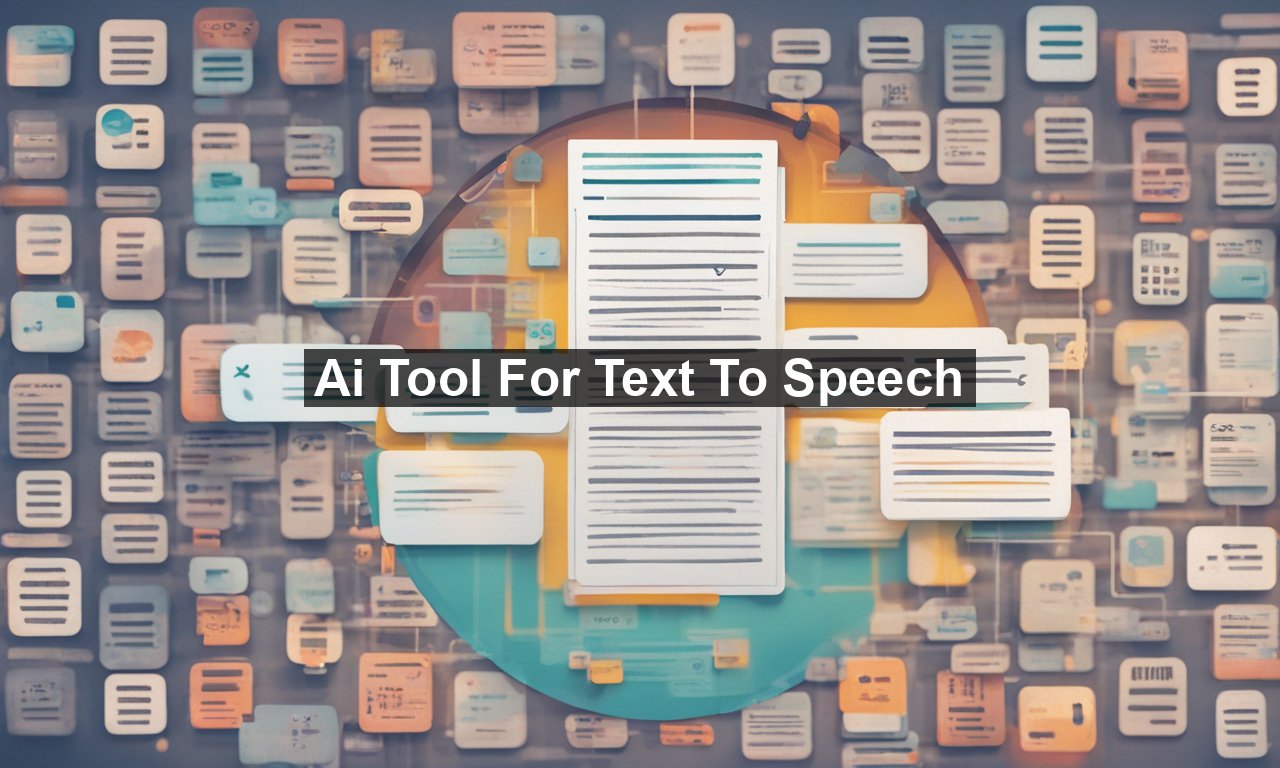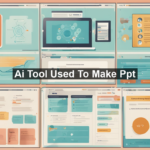Are you tired of the monotonous and robotic voices that often accompany text-to-speech tools? Well, you’re not alone! The world of AI-powered text-to-speech (TTS) technology has come a long way in recent years. This article will delve into how advanced AI tools are shaping the future of TTS, making it more human-like, accessible, and functional for everyone from content creators to businesses. Let’s explore the fascinating world of AI in TTS.
What is Text-To-Speech?
Text-to-speech, commonly referred to as TTS, is a technology that transforms written text into spoken words. Traditionally, TTS systems relied on pre-recorded voices and limited vocabulary, resulting in robotic and unnatural speech. However, with the advent of artificial intelligence, TTS is becoming increasingly lifelike and versatile.
How AI is Revolutionizing TTS
Artificial Intelligence has introduced several enhancements to traditional TTS, making it more intuitive and effective. Here are some ways AI is changing the game:
Natural-Sounding Voices
Modern AI-based TTS tools leverage deep learning models to produce voices that are incredibly close to natural human speech. These models can intonate, pause, and pronounce words correctly, making the speech sound less synthetic and more conversational. For example, Google’s WaveNet has set new benchmarks by using neural networks to generate more natural-sounding speech.
Multiple Language Support
One of the most significant advancements is the ability of AI to support multiple languages and dialects. This is particularly useful for global businesses and content creators who need to reach a diverse audience. According to a study by Statista, the global number of digital voice assistants is projected to reach 8.4 billion units by 2024, highlighting the growing importance of multilingual support.
Enhanced Accessibility
AI-powered TTS tools can significantly enhance accessibility for individuals with disabilities. For instance, those with visual impairments or reading difficulties can benefit immensely from text-to-speech technology. Organizations like the National Federation of the Blind are actively advocating for the use of AI in TTS to make digital content more accessible.
Applications of AI in TTS
AI-driven TTS technology has a variety of applications across different sectors. Let’s break down some of the most impactful uses:
Content Creation
Content creators often find themselves bogged down by the need to produce both written and audio versions of their work. AI-based TTS tools simplify this process by offering high-quality voiceovers for blogs, podcasts, and videos. This not only saves time but also adds an extra layer of engagement for the audience.
Customer Service
AI-driven TTS tools are making customer service more efficient by providing voice-based automated responses. These systems can answer frequently asked questions, manage bookings, and even troubleshoot issues, thereby freeing up human agents for more complex tasks. According to a report by Gartner, by 2022, 70% of customer interactions will involve emerging technologies such as machine learning applications, chatbots, and mobile messaging.
Educational Tools
In the educational sector, TTS technology is being utilized to aid the learning process. E-learning platforms are integrating TTS to help students with reading difficulties and those who prefer auditory learning. Moreover, AI in TTS can help in creating audio books and interactive reading experiences for children.
Choosing the Right AI TTS Tool
With a plethora of options available, selecting the right TTS tool can be overwhelming. Here are some key factors to consider:
Quality of Voice Output
The primary benchmark for any TTS tool should be the quality of its voice output. Ensure that the tool offers natural-sounding voices and can handle intonation and pronunciation effectively.
Language Support
If your work involves reaching a global audience, you’ll want a tool that supports multiple languages and dialects. Be sure to check the language offerings before making a decision.
Cost and Licensing
TTS tools come in various pricing models, from subscription-based to one-time fees. Evaluate your budget and how frequently you will use the tool to choose the most cost-effective option.
Integration Capabilities
Finally, consider how well the TTS tool integrates with your existing systems and platforms. Many advanced TTS tools offer APIs for easy integration with websites, applications, and other digital platforms.
For a deeper dive into the intricacies of AI and TTS, check out this comprehensive guide on artificial intelligence.
The Future of AI in Text-To-Speech
As AI continues to evolve, the future of TTS looks incredibly promising. Researchers are constantly working on making these systems even more human-like, with better emotion detection, tone variation, and context-aware speech. Imagine a TTS system that can not only read text but also understand the context and adjust its tone and emotion accordingly. The possibilities are endless.
Furthermore, advancements in quantum computing and neural networks could further revolutionize TTS technology, making it even more efficient and accessible.
Conclusion
AI-powered text-to-speech tools are no longer a futuristic concept; they are here, transforming the way we interact with digital content. From more natural-sounding voices to enhanced accessibility and diverse applications, AI in TTS is a game-changer. So, whether you’re a content creator, a business owner, or someone looking to make digital content more accessible, now is the time to explore the myriad possibilities that AI in TTS has to offer.
For more updates and breakthroughs in technology, keep an eye on leading tech news platforms like Wired.
Happy exploring!











